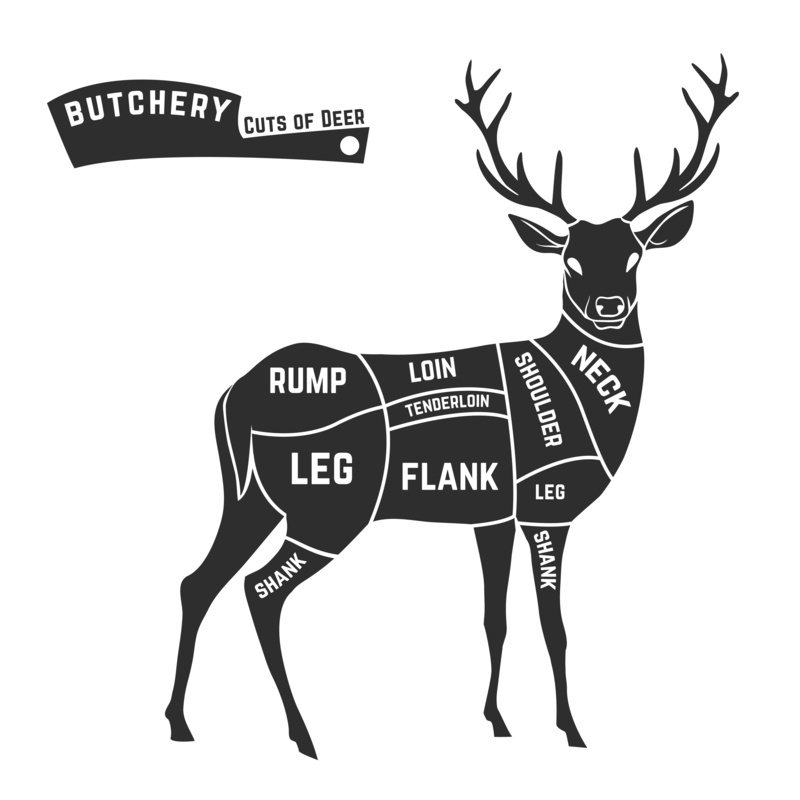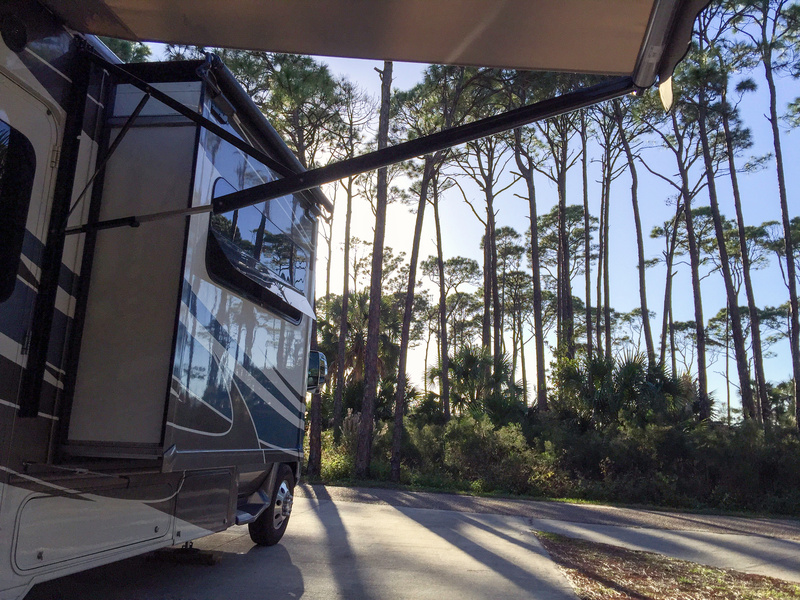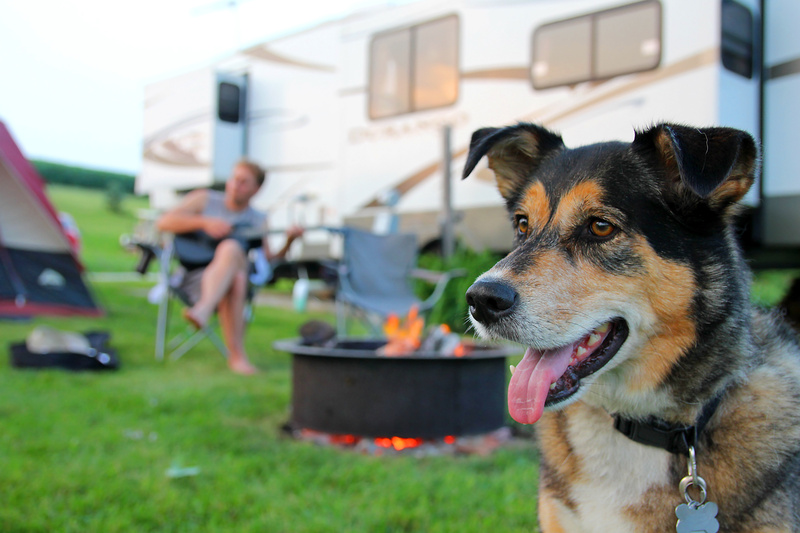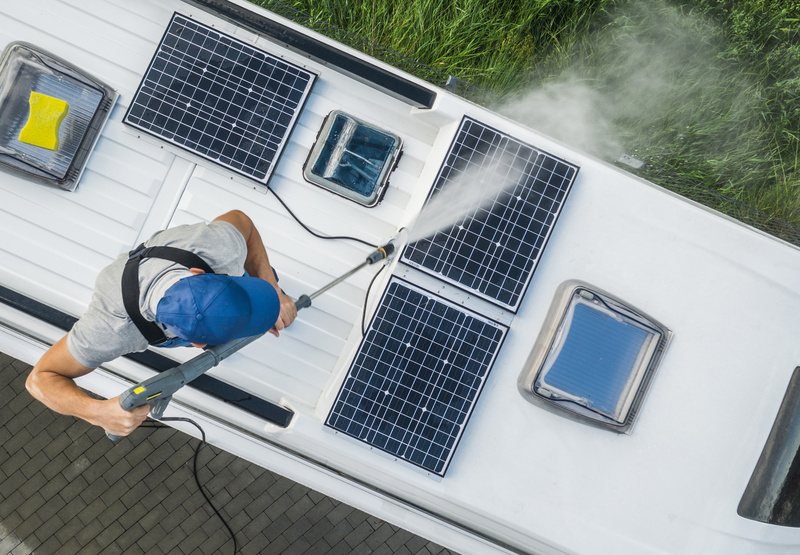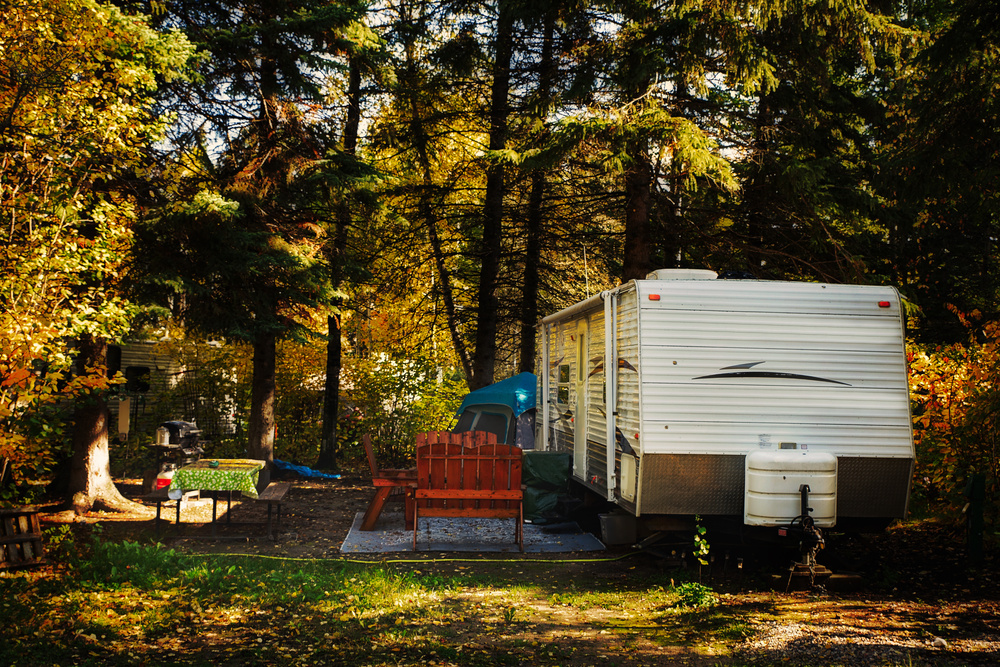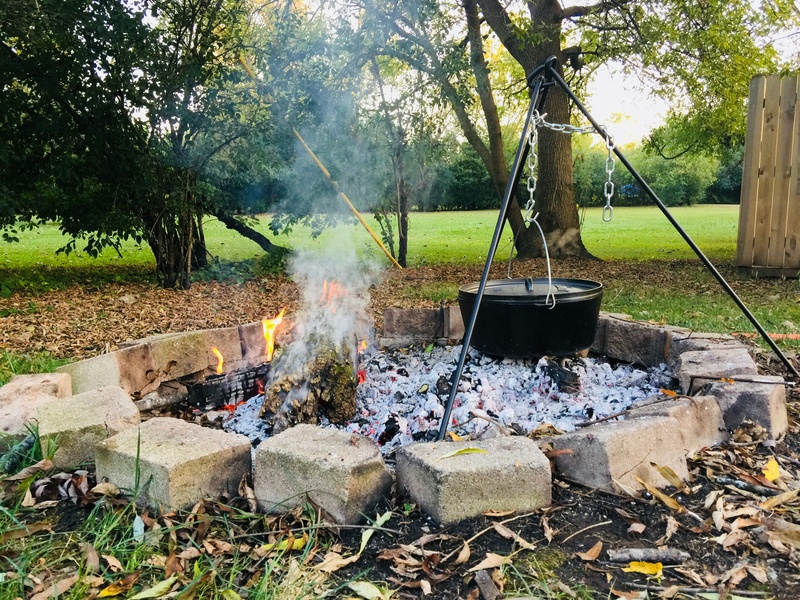8 Doable Boondocking Meals
Delicious Boondocking Meals to Try
Off-grid RV camping has grown popular in recent years. Commonly known as boondocking, off-grid camping refers to a truly unplugged trip – though solar power is sometimes used. While off-grid camping can be particularly refreshing for many campers, it presents additional challenges to be tackled. One of these obstacles is figuring out how to cook without a full-hookup RV site. These delicious boondocking meals provide tasty solutions to boondockers who don’t want to sacrifice a fresh meal.
Dutch Oven Roast Lamb
A Dutch oven is a must-have for RVers and tent campers. They’re especially useful when it comes to boondocking meals. This Dutch oven roast lamb recipe from Bush Cooking is a warm, flavorful one-pot lamb dinner cooked over the campfire. This recipe includes a leg of lamb, of course, with garlic, rosemary, potatoes, carrots, onions and pumpkin. The ingredients are mixed together and seasoned before being roasted over a campfire for a deliciously hearty dinner.
Grilled Chicken Fajitas
Chicken grilled over a campfire is a common base for boondocking meals. In this chicken fajita recipe, you’ll also need a cast iron pan for simmering your chicken and veggies in sauce. After your chicken is browned, chop it up with bell peppers and onion. Mix the ingredients together in your family’s preferred simmer sauce and seasoning mix. Scoop your ingredients into a warm tortilla and top it off with a squeeze of fresh lime.
Seafood Combo Foil Pack
Fans of fish, shrimp, mussels and clams will love this seafood combo foil pack recipe. Foil pack recipes are a campground classic and a popular type of boondocking meals. This foil pack recipe calls for halibut, but you can replace with your fish of choice – or your camp catch of the day! The seafood is seasoned, wrapped with a clove of garlic and cooked over the fire. This is an especially easy recipe if you prefer to remove or replace certain types of seafood that you don’t like, so simply adjust it to fit your tastes!
Cilantro Chicken Avocado Dip
Though not specifically written for boondocking meals, this chicken and avocado dip is perfect for off-grid eating. The only cooked ingredient is chicken, which can be grilled or sauteed over a campfire. Chop up the cooked chicken and mix with avocado, cilantro and lime. These ingredients make for a filling dip that can replace a meal or serve as an afternoon snack. Tortilla chips and carrots are both recommended dipping options for this recipe. But feel free to get creative!
Chicken Stew and Dumplings
Take your boondocking meals to the next level with this vacuum-sealed chicken and dumplings recipe. The stew itself includes many traditional chicken and dumpling ingredients: biscuit mix, chicken, vegetables, onion, chicken bouillon and potatoes. This recipe in particular calls for mostly freeze-dried ingredients that can be stored without electricity. Pour your ingredients into a simmering pot of water, with the exception of the biscuit mix, which is added in pieces to create the dumplings. Before you know it, your freeze-dried ingredients are a warm winter stew!
Hawaiian Chicken Foil Packs
This sweet Hawaiian chicken foil pack recipe is an easy meal that can be cooked on the campfire. It combines classic flavors like barbecue sauce and soy sauce with tastes of the tropics via juicy pineapple chunks. Combine these with sliced scallions, chicken, red bell pepper, red onion, a bit of lemon juice and seasonings for a sweet-yet-savory foil pack dinner. When it comes to creative campground cooking, this foil pack is simple and sure to please.
Southwest Camp Salad
The only dish easier than campfire boondocking meals is a no-cook recipe! This southwest camp salad is packed with protein so you’ll be energized to take on the rest of the day. Mix together corn, chopped red onion, black beans, cheese and cilantro to make the salad. For the dressing, you’ll need a lime, olive oil, honey, cumin, cayenne pepper, salt and pepper. Once tossed together, you’re ready to dig into this super salad with a southwest flair.
Butter Garlic Herb Steak Foil Packs
Chicken and seafood are great for boondocking meals, but there’s nothing quite like a tender steak dinner. This foil pack recipe makes a steak-and-potatoes supper easy to serve up with just a campfire. The garlic herb butter topping is made with butter, parsley, garlic, rosemary, thyme, salt and pepper to give your meat and veggies a savory flavor. The heart of this dish is the steak pieces, along with potatoes, carrots, bell peppers and onion. After being cooked in a foil pack by a campfire, this butter garlic herb steak foil pack is ready to chow down!
When it comes to doable campground cooking, these are just a few of the best boondocking meals. There are hundreds more to try, test and experiment with! If you’re ready for a new RV built to take you off the beaten path, check out RVs for sale from Juniata Valley RV. We have everything from luxury fifth wheels to off-grid ready popup and teardrop campers for sale at our Pennsylvania RV dealership. Visit us here in Mifflintown or browse our inventory online from anywhere! Contact us when you’re ready to get started.
Begin Your Adventure

